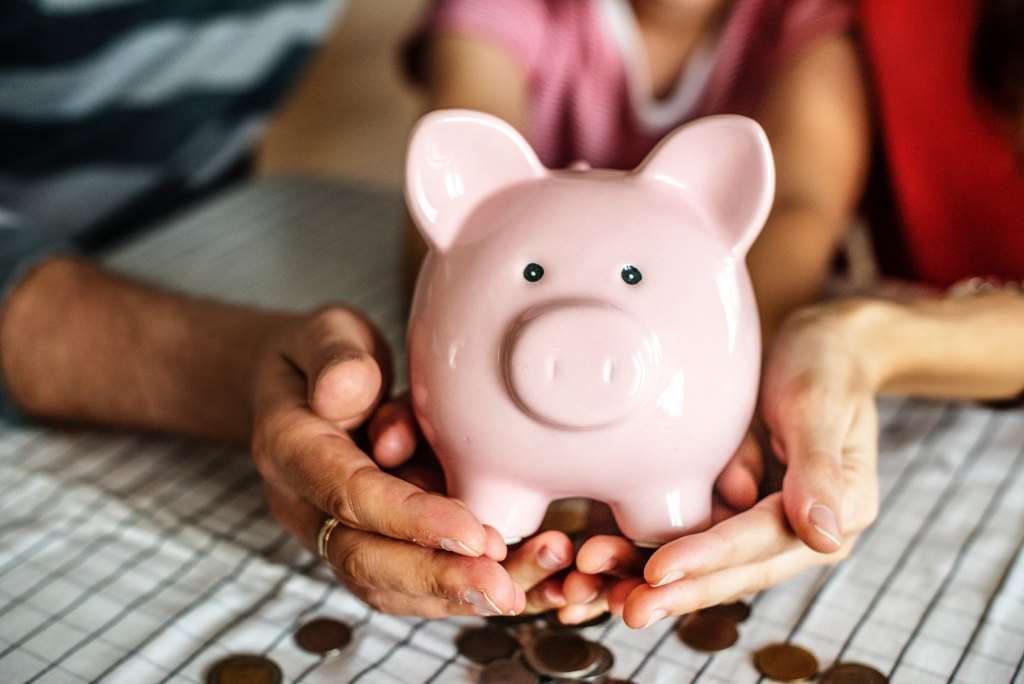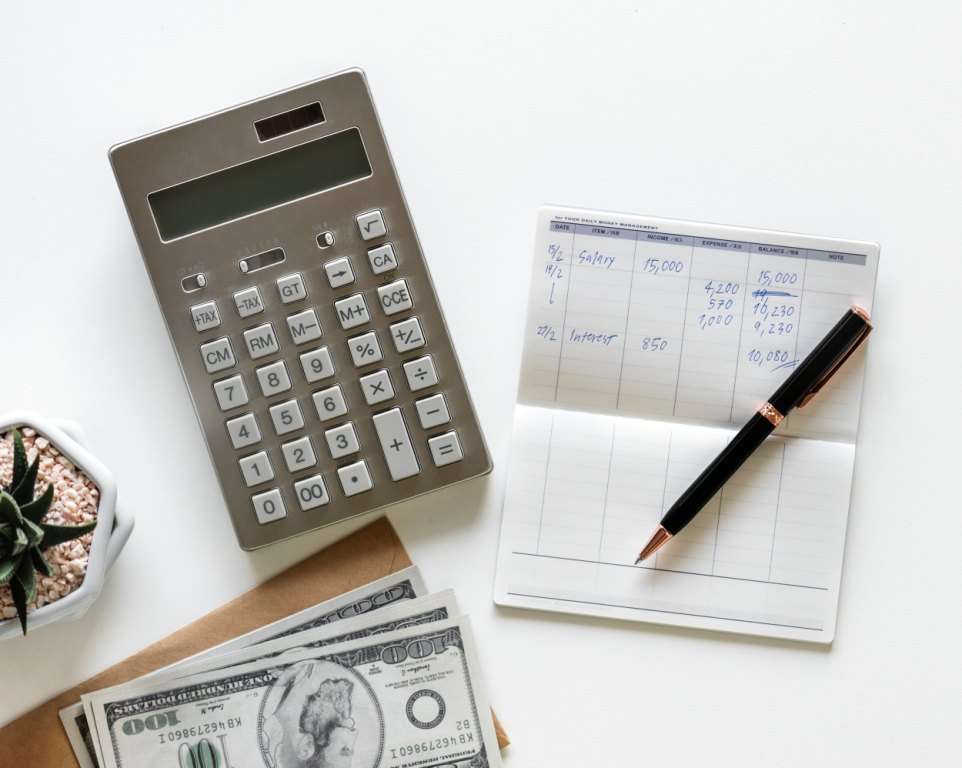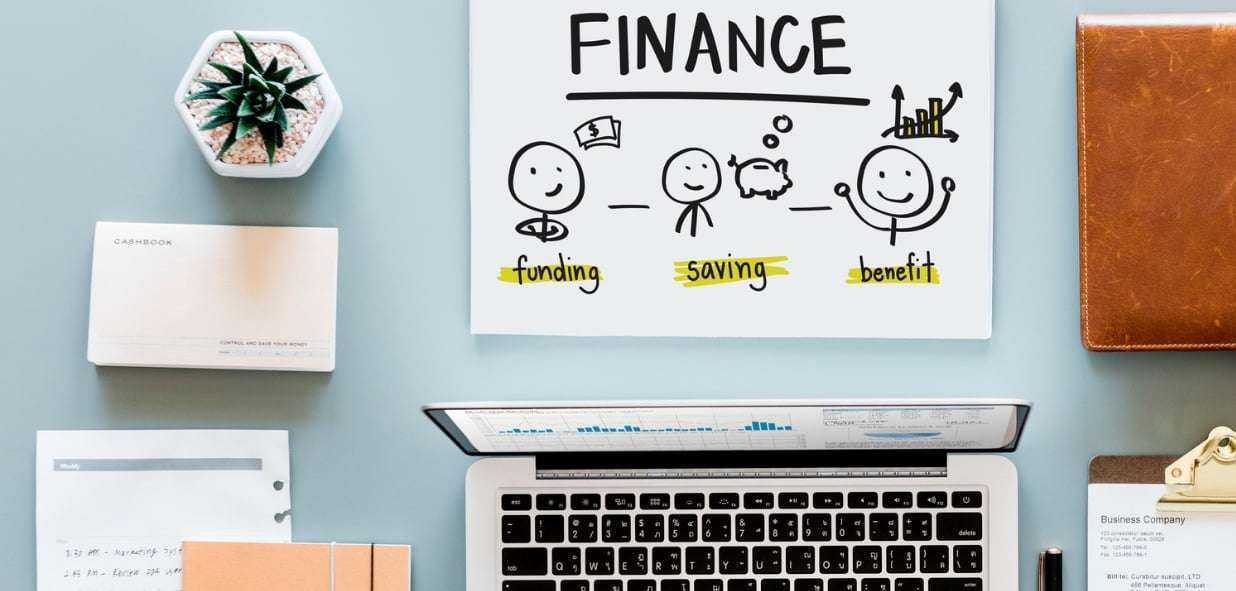When I started as a freelancer, one of the first things I noticed was -besides an increased peace of mind- that I was saving lots of money from no more commuting or meals out.
Then I had the brilliant idea to allocate that “extra” money to a new video-games console. The next month my laptop broke down… and I had to resort to a loan! Ouch!
Actually, many other situations made me conclude that being a responsible freelancer means prioritizing certain investments, before an emergency might catch us off guard! In this sense, becoming a freelancer looks pretty much the same as starting your own business: you have to get hold of the tools that will allow you to keep making new clients, meet contingencies, and charge better fees for your work.
The big question is whether your investment as a freelancer is larger than what you can save. Personally, I feel I invest a bit more than what I save from not attending to an office every day, but I’m also quite confident that this investment makes me lead a healthier, happier and much more comfortable lifestyle.
I’ll address this post to you, new freelancer or with little experience, or if you simply need to organize your finance right now in order to figure out how to get a favorable balance at the end of the month.
I’ll talk about having all my needs fully covered, both professionally and for social security, considering what I can save and what I got to invest. And I’ll tell you how you can do it too.
Let’s start from the bright side:
How much can I save being a freelancer?

Being self-employed means you take control over 100% of your expenses, and part of that is deciding where from and how you work. Everybody has a different situation, but in my case I cut on my expenses of:
- Commuting to the office: I used to spend between US$50 and US$60 monthly in gas, which is rather expensive in Mexico City, just to come and go from work. Using the car more often also meant more money on car servicing. Disregarding the insurance pay and technical inspections, which must be paid anyway, it all amounted to US$20 extra monthly.
- Eating out: I didn’t have the time (or the willingness!) to prepare a homemade meal. I would have lunch somewhere out of the office at least twice or thrice a week. I got to account for as much as US$40 monthly just in meals.
- Sweets: For those like me, anxious and voracious, having vending machines with junk food handy during work hours is a direct assault to health and economy. Between chips, sugary beverages, candy, cookies and cigars I got to spend over US$50 a month!
- Gym: Having so many sweets and eating out so often, it was quite clear I needed to exercise a bit. The company used to grant me 50% discount for the corporate fitness club. So I “only” paid US$10 monthly for using the facilities once or twice a week at the most, that is, when I had the time to. Now I do yoga daily at home.
- Dog walker: I don’t have kids so I didn’t need to spend on nannies or nursery schools, but I do have a hyperactive dog that needs to go out at least twice a day, so I used to pay US$15 a month to my neighbor’s son to walk my dog for me every morning.
- Domestic help: I didn’t have time for housekeeping, neither did my roomate. So we agreed to share someone to come over and help us do the cleaning twice a week. I used to spend an average of US$40 monthly on that. Now I do it myself because I enjoy it, I even find it therapeutic, and now I’m paying US$30 less of the rent. Overall I save US$70 a month.
To make a long story short, I’ve been saving some significant US$265 per month. It is really important to mention that I get sick much less often so I spend less money in medicines.
7 Investments you have to consider as a freelancer

And now, let’s discuss the investments a freelancer has to make. These will depend mostly on your specialty area and on your country of residence, so we’ll make a list of the seven big items you need to take into account in order to make your own calculations.
You’ll wonder what I invest myself on to lead a freelance lifestyle that grants me satisfaction, security and peace of mind.
1: Cost of my workspace
If you don’t work at the premises of a company, you’ll have to decide where you’d like to carry out your activities. It may be from your home, your own office, coffee stores like Starbucks or a coworking space. Wherever it is, that will mean an extra expense. Even if you work from home, fixed expenses such as electricity usually increase.
How much do I invest monthly on my work space?
I am extremely lucky to have the possibility to work from home as I’m usually on my own and I have all the quiet, spacious room I need. I don’t include the money spent on the rent within my freelance-related expenses as I’d have to pay for a rent monthly anyway.
Total: US$0
2: Work tools
These refer basically to software and hardware. Freelancers usually just need a computer with enough capacity to support a software to send and receive files fluently. But in many cases, self-employment involves other type of investments, like printers, a car, high-end mobiles, etc.
For instance, I was once given a voiceover project and I had to invest almost the total amount of my fees on a good recorder. However, that helped me get more new similar projects.
Regarding the software, many professions need to work with specialized programs, such as packaging design from Adobe, video edition tools or digital marketing platforms, and the licence for all those tools generally has an annual cost.
Take into account that you’ll have to change or update your computer every two or three years if that is your main working tool, as well as licences, in case you use any, to have a monthly estimate of how much technology costs to you.
How much do I invest monthly on working tools?
Computer: As I work on the industry of editing and content marketing, I don’t need any too costly equipment or software, but a year ago I had to buy a new computer and I took the awful decision to pick a product on sale instead of investing on a good equipment that could really meet my needs.
The computer I’m determined to buy next year forces me to save US$30 a month so as to avoid installments. It has a much faster processor which will help me stop wasting my time as the twenty open windows I usually work with at the same time finally get to upload.

Workana: Other of my main working tools is Workana. It’s an investment you have to consider because it is related to each project I complete through the platform.
On Workana, when you start working with a new client, you pay a 20% commission that decreases as you make more money with that same client, and might even get to 5%, which is pretty symbolic.
I usually buffer half the commission and ask my client to absorb the other half. Although it may seem too much at the beginning, it’s really worth it if we consider all the amenities, guarantees and published projects you can access through the platform. My monthly investment on commissions is between US$40 and US$50.
Total: US$80
3: Self-promotion
Clients don’t reach you on their own. If you want to have a constant workflow to feel at ease all year long, investing on self-promotion is a must. In the long run, the best self-promotion will be for free and come along with your work quality and the endorsement from your clients, but in order to start off on the right foot, having your own website and investing on a membership with Workana will both prove of great help.
If you have some digital database marketing and SEO, an additional option is opening your own website to offer your services.
How much do I invest on self-promotion?
Premium Membership: When I started off as a freelancer, two years ago, I invested literally US$5 on membership plus, which granted me the right to 20 extra bids per week and allowed me to get my first project much sooner. Four months later I graded up to the Professional Plan and finally, after six months, I made up my mind and moved to Premium.
I invest less than US$20 a month, and now I have many more available bids monthly than I need (they’re cumulative!). Actually I decided to become Premium because it allows me to withdraw funds whenever I want, access online support and chat with clients in real time, which becomes essential if you’re working on several projects at the same time.
Website: I also have a personal site on WordPress, although I still don’t pay for my own domain as my usual flow of clients on Workana has made me put it off (wrong, I know). But even when I don’t update it often, I’ve made two or three clients from that source. Anyhow, if you do it properly, the return on investment on self-promotion far overcomes what you might spend on domains or memberships.
Total: US$20
4: Training
Training is mandatory if you’re a freelancer. As a rule, you’ll be involved with projects that need a good command of technologies and a lot of updating on your expertise area.
It’s not hard to be a self-learner and find out a lot of information for free on the internet. But the truth is that a certification speaks for itself, and investing on some professional training might be of great help to gain clients’ trust and get new projects.
Tip: Workana has a section of certification tests included for free with your membership. Make the most of them to show what you know.
How much do I invest monthly on training?
Certifications: I have to admit that I’m much of a self-taught professional and that, unlike others like Web Programming or IT, in my specialty area it’s really important to show a folder with previous works more than owning certifications. Even so, I try to take up some training workshop on Digital Marketing or Content Marketing once or twice a year. I “cheat” because many of my clients have offered to pay those for me, since they think of it as an investment.
Total: US$0
5: Medical expenses
These depend a lot on your country of residence. Some of them, like Argentina, have the amazing possibility to count on good level, public health care services. In other countries, like Mexico, employees are discounted part of their social security from their monthly salaries and employers pay for the difference, but self-employed workers do not have that coverage.
In any case, it is possible that being a freelancer or self-employed, you’re no longer protected by labor laws in your country. Although it might be tempting, having no medical insurance is a really bad idea. So, if your country does not count on a universal coverage, you must consider investing on a good healthcare provider. Prevention is better than cure.
How much do I invest monthly on health?
Health insurance for major medical expenses: This is one of my strongest monthly investments. I prefer spending US$75 on a global medical insurance coverage to living under stress knowing I have no way to afford a potential medical emergency.
Total: US$75
6: Savings
A large part of the magic it conveys being a freelancer is the chance to improve your lifestyle in every aspect. However, if you want to achieve your mid and long-term goals you have to get used to making the most of this working method, saving as much as possible.
When you have a fixed salary, it’s easy to foresee how much you’ll save per month, but when you’re a freelancer, it’s not always so clear how much money we’ll make, so the best you can do is to think of percentages.
Tip: Invest whatever you save for trips, emergencies or future projects, on a safe investment that enables you to have your money always available. Most banks have those mechanisms and even if the return is not dramatic, at least your savings will be protected against inflation.

How much money do I put away monthly?
Fund for vacation: One of my goals as a freelancer is to spend at least sixty days per year on vacation. That is not exactly cheap and, although I travel on a low budget, I spend a considerable part of my savings paying air tickets and reservations on Airbnb. On average I save about $100 USD a month just for that.
Fund for unexpected events: You never know when you’ll have to pay a deductible on collision or a really expensive medicine for seasonal rhinitis. The fund for unexpected events is something we should all have, freelancers or not, as part of our healthy finances. I try to put away at least US$40 monthly for this emergency buffer.
Total: US$140
7: Other extra expenses
More than “extra expenses”, here I would include some of the benefits you must give up when you’re no longer a corporate employee. Bear in mind that vacations, public holidays, sick leaves or weekends won’t be covered by anyone else.
You’ll have to pay for your own travel expenses if needed, and present your own affidavit before the Treasury. Being a freelancer will open up lots of opportunities to travel but, again, you’ll have to afford that yourself -though it’s worth the effort.
What extra expenses do I consider monthly?
Accounting: In my country it’s quite easy for self-employed workers to do their accounting and keep their documentation in order. I’m a bit lazy and honestly prefer to pay an accountant to do that for me. I spend US$25 on monthly fees (friend of mine, true) and we’re both happy.
Total: US$25
So, summing up, these are the results:
Total approx investments amount US$340 monthly
Total approx savings amount US$265 monthly
The difference between my investments and my savings per month being a freelancer is just US$75, and considering that now I’m making pretty more than I used to as an employee (which, besides, I hated), this is not a figure that makes me feel uneasy at all.
You can also make your own cost estimate. You can use my calculation system or you can make it simpler using the “freela” calculator on Workana. It’s a really useful tool that helps you estimate how many hours you need and how much you should charge in order to achieve your financial goals and cover the monthly expenses of your profession as a freelancer.
I expect this article has been of great help for you. But let’s go a bit further. Share it with all your self-employed colleagues on social networks to foster Good Practices for all freelancers and contribute to their success, responsibility and happiness.



